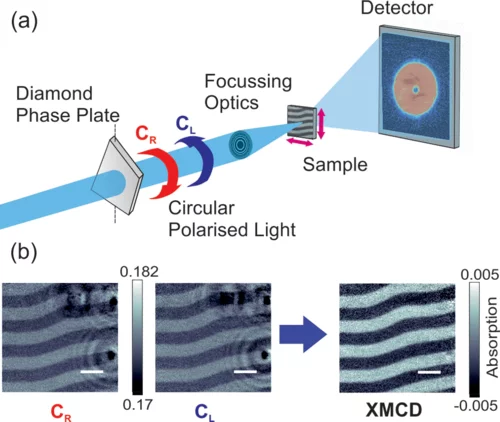Evidence of a Coulomb-Interaction-Induced Lifshitz Transition and Robust Hybrid Weyl Semimetal in Td-MoTe2
Using soft x-ray angle-resolved photoemission spectroscopy we probed the bulk electronic structure of Td-MoTe2. We found that on-site Coulomb interaction leads to a Lifshitz transition, which is essential for a precise description of the electronic structure. A hybrid Weyl semimetal state with a pair of energy bands touching at both type-I and type-II Weyl nodes is indicated by comparing the experimental data with theoretical calculations.
Influence of Plume Properties on Thin Film Composition in Pulsed Laser Deposition
Despite the apparent simplicity of pulsed laser deposition, consistent deposition of thin films with the desired thickness, composition, crystallinity, and quality still remains challenging. This article explores the influence of process parameters with respect to film thickness and composition, two key aspects for thin films which have a very strong effect on film properties, possible applications, and characterization.
Magnetoelectric inversion of domain patterns
The inversion of inhomogeneous physical states has great technological importance; for example, active noise reduction relies on the emission of an inverted sound wave that interferes destructively with the noise of the emitter1, and inverting the evolution of a spin system by using a magnetic-field pulse enables magnetic resonance tomography2.
Pauling Entropy, Metastability, and Equilibrium in Dy2Ti2O7 Spin Ice
Determining the fate of the Pauling entropy in the classical spin ice material Dy2Ti2O7 with respect to the third law of thermodynamics has become an important test case for understanding the existence and stability of ice-rule states in general. The standard model of spin ice—the dipolar spin ice model—predicts an ordering transition at T ≈ 0.15K, but recent experiments by Pomaranski et al.
Collective magnetism in an artificial 2D XY spin system
Two-dimensional magnetic systems with continuous spin degrees of freedom exhibit a rich spectrum of thermal behaviour due to the strong competition between fluctuations and correlations. When such systems incorporate coupling via the anisotropic dipolar interaction, a discrete symmetry emerges, which can be spontaneously broken leading to a low-temperature ordered phase.
Magnetic structures take a new turn
The unexpected finding that in an ‘artificial spin ice’ magnetostatic energy can be transformed into directed rotation of magnetization provides fresh insights into such nano-patterned magnetic structures — and might enable novel applications in nanoscale devices.
Emergent dynamic chirality in a thermally driven artificial spin ratchet
Modern nanofabrication techniques have opened the possibility to create novel functional materials, whose properties transcend those of their constituent elements. In particular, tuning the magnetostatic interactions in geometrically frustrated arrangements of nanoelements called artificial spin ice can lead to specific collective behaviour, including emergent magnetic monopoles, charge screening and transport, as well as magnonic response.
Three-dimensional magnetization structures revealed with X-ray vector nanotomography
In soft ferromagnetic materials, the smoothly varying magnetization leads to the formation of fundamental patterns such as domains, vortices and domain walls. These have been studied extensively in thin films of thicknesses up to around 200 nanometres, in which the magnetization is accessible with current transmission imaging methods that make use of electrons or soft X-rays.
4-spin plaquette singlet state in the Shastry–Sutherland compound SrCu2(BO3)2
The study of interacting spin systems is of fundamental importance for modern condensed-matter physics. On frustrated lattices, magnetic exchange interactions cannot be simultaneously satisfied, and often give rise to competing exotic ground states. The frustrated two-dimensional Shastry–Sutherland lattice realized by SrCu2(BO3)2 is an important test to our understanding of quantum magnetism.
Determination of Conduction and Valence Band Electronic Structure of LaTiOxNy Thin Films
The nitrogen substitution into the oxygen sites of several oxide materials leads to a reduction of the band gap to the visible-light energy range, which makes these oxynitride semiconductors potential photocatalysts for efficient solar water splitting. Oxynitrides typically show a different crystal structure compared to the pristine oxide material.
LaTiOxNy thin film model systems for photocatalytic water splitting: physicochemical evolution of the solid-liquid interface and the role of the crystallographic orientation
The size of the band gap and the energy position of the band edges make several oxynitride semiconductors promising candidates for efficient hydrogen and oxygen production under solar light illumination. The intense research efforts dedicated to oxynitride materials have unveiled the majority of their most important properties. However, two crucial aspects have received much less attention.
Tuning the multiferroic mechanisms of TbMnO3 by epitaxial strain
A current challenge in the field of magnetoelectric multiferroics is to identify systems that allow a controlled tuning of states displaying distinct magnetoelectric responses. Here we show that the multiferroic ground state of the archetypal multiferroic TbMnO3 is dramatically modified by epitaxial strain. Neutron diffraction reveals that in highly strained films the magnetic order changes from the bulk-like incommensurate bc-cycloidal structure to commensurate magnetic order.
Structure and Conductivity of Epitaxial Thin Films of In-Doped BaZrO3‑Based Proton Conductors
Epitaxial thin films of the proton-conducting perovskite BaZr0.53In0.47O3−δH0.47−2δ, grown by pulsed laser deposition, were investigated in their hydrated and dehydrated conditions through a multitechnique approach with the aim to study the structure and proton concentration depth profile and their relationship to proton conductivity.
Nanoparticle-Based Magnetoelectric BaTiO3–CoFe2O4 Thin Film Heterostructures for Voltage Control of Magnetism
Multiferroic composite materials combining ferroelectric and ferromagnetic order at room temperature have great potential for emerging applications such as four-state memories, magnetoelectric sensors, and microwave devices.
Coexisting multiple order parameters in single-layer LuMnO3 films
Magnetoelectric multiferroics hold great promise for electrical control of magnetism or magnetic control of ferroelectricity. However, single phase ferroelectric materials with a sizeable ferromagnetic magnetization are rare. Here, we demonstrate that a single-phase orthorhombic LuMnO3 thin film features coexisting magnetic and ferroelectric orders.
High-resolution hard x-ray magnetic imaging with dichroic ptychography
Imaging the magnetic structure of a material is essential to understanding the influence of the physical and chemical microstructure on its magnetic properties. Magnetic imaging techniques, however, have been unable to probe three-dimensional micrometer-size systems with nanoscale resolution. Here we present the imaging of the magnetic domain configuration of a micrometer-thick FeGd multilayer with hard x-ray dichroic ptychography at energies spanning both the Gd L3 edge and the Fe K edge, providing a high spatial resolution spectroscopic analysis of the complex x-ray magnetic circular dichroism.


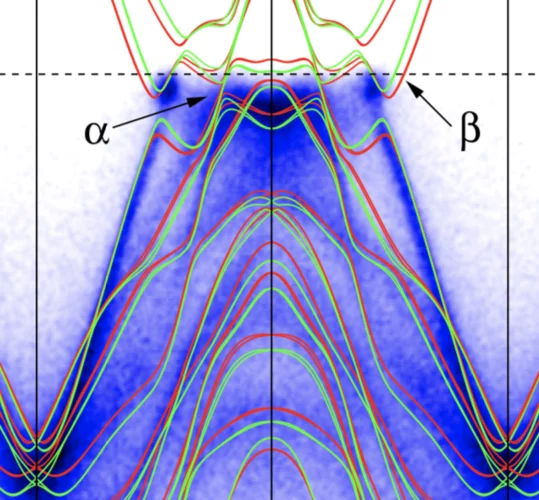
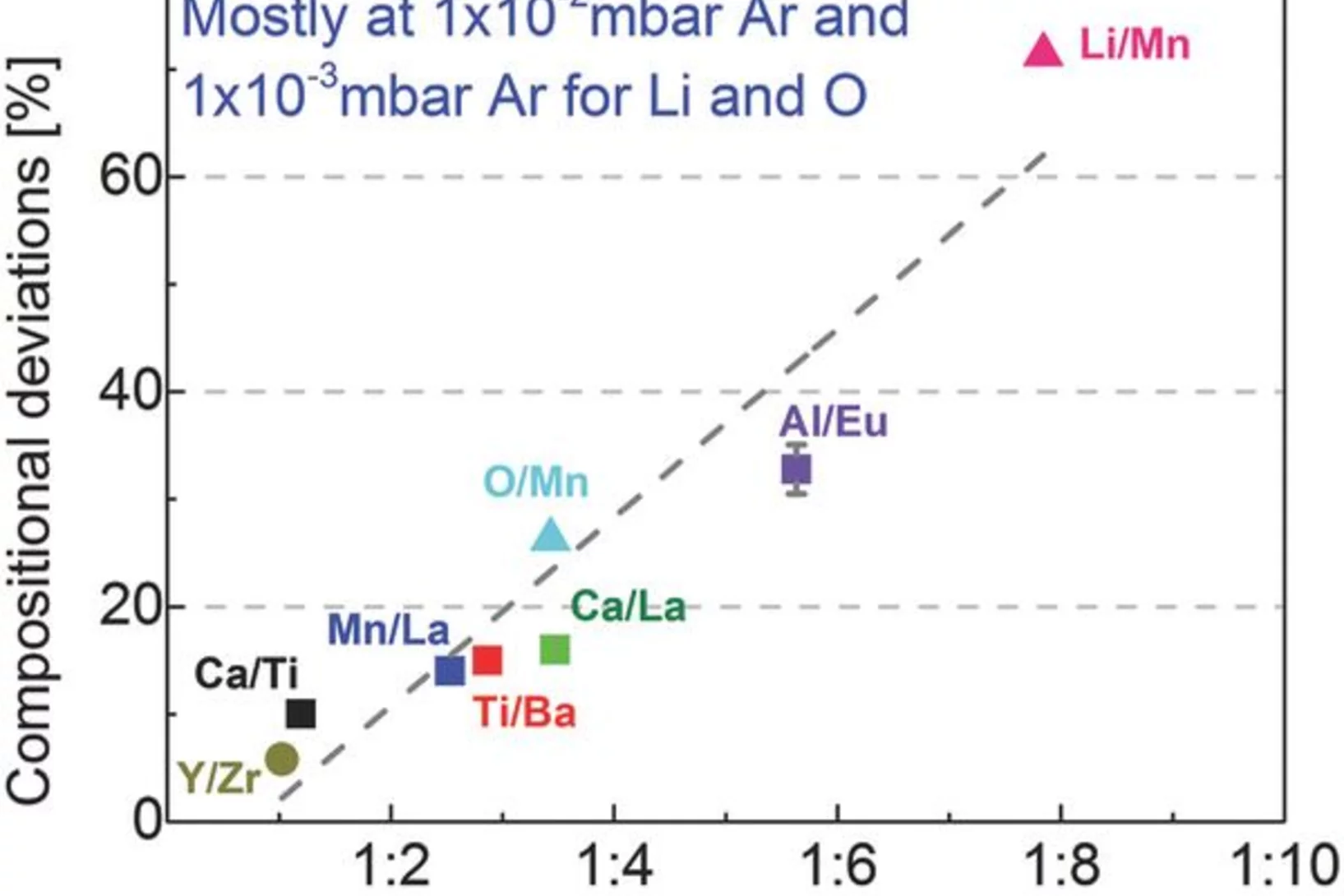
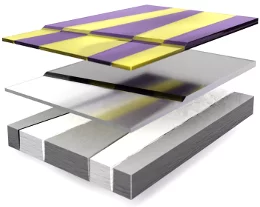

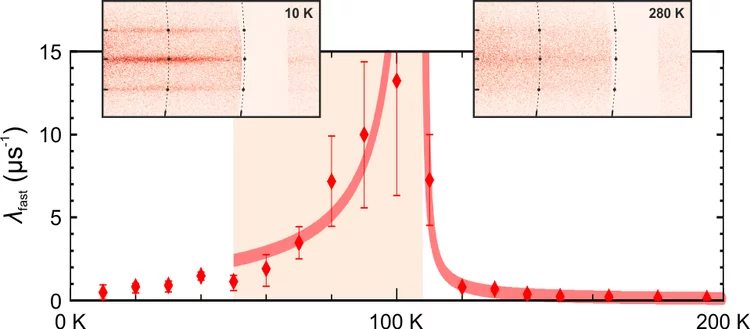
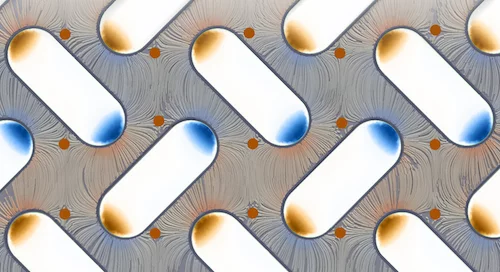
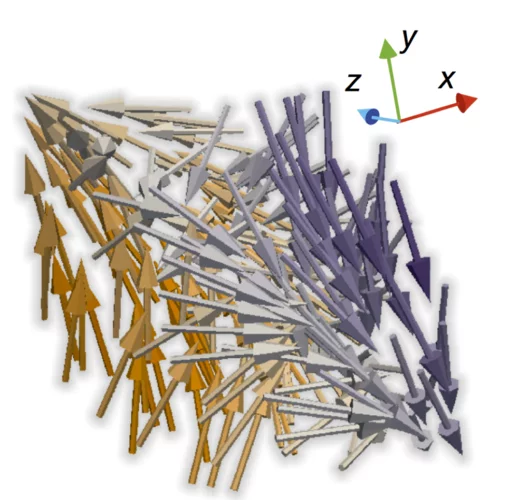


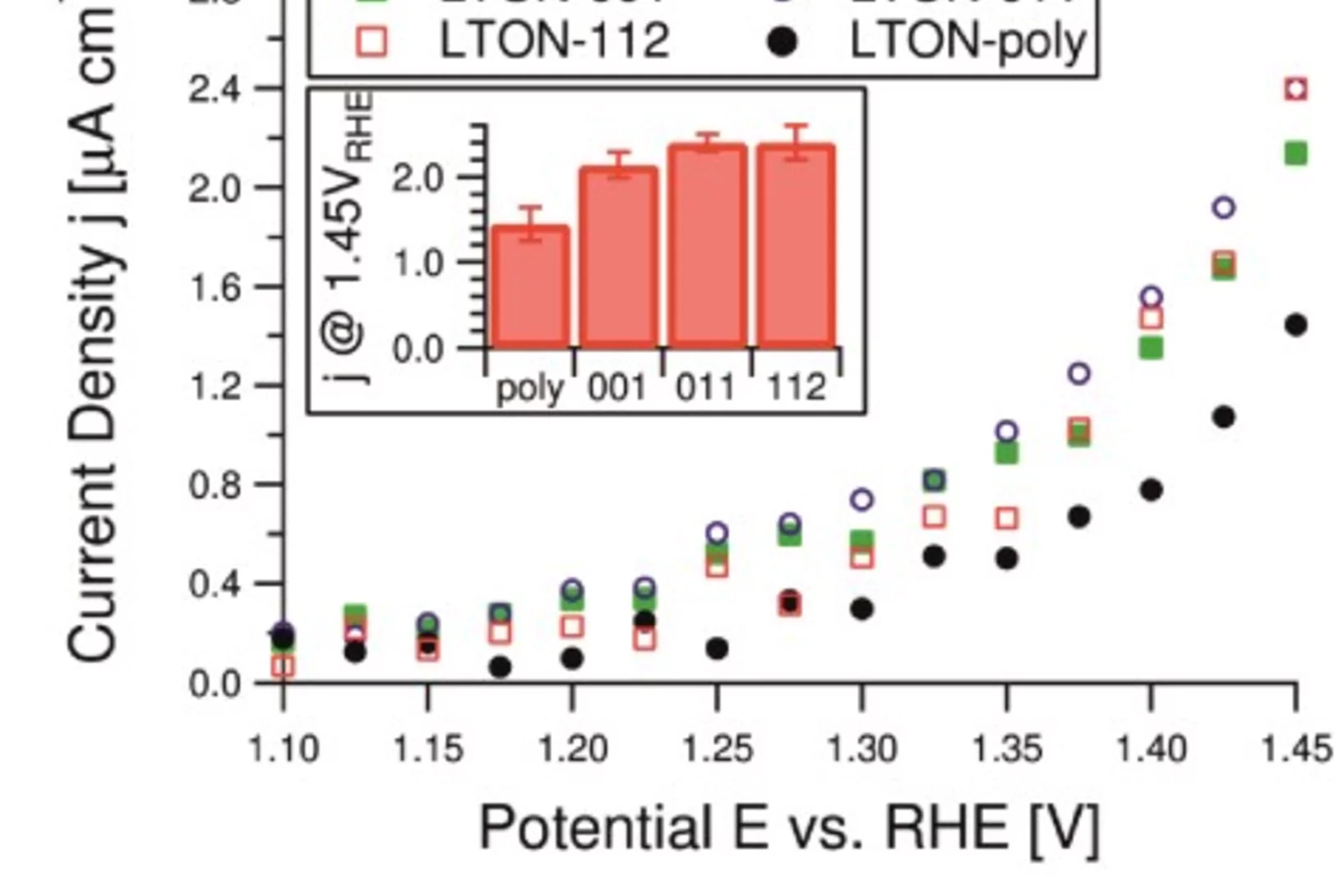
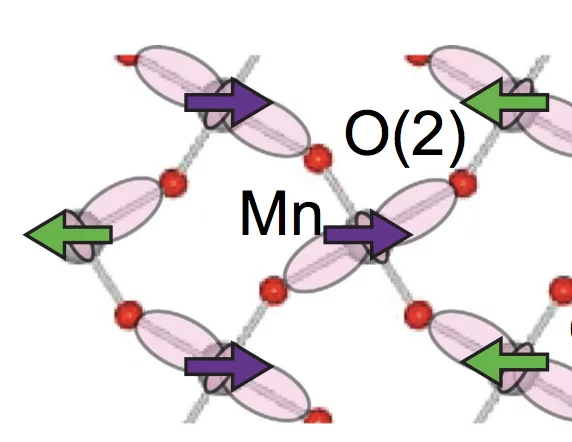

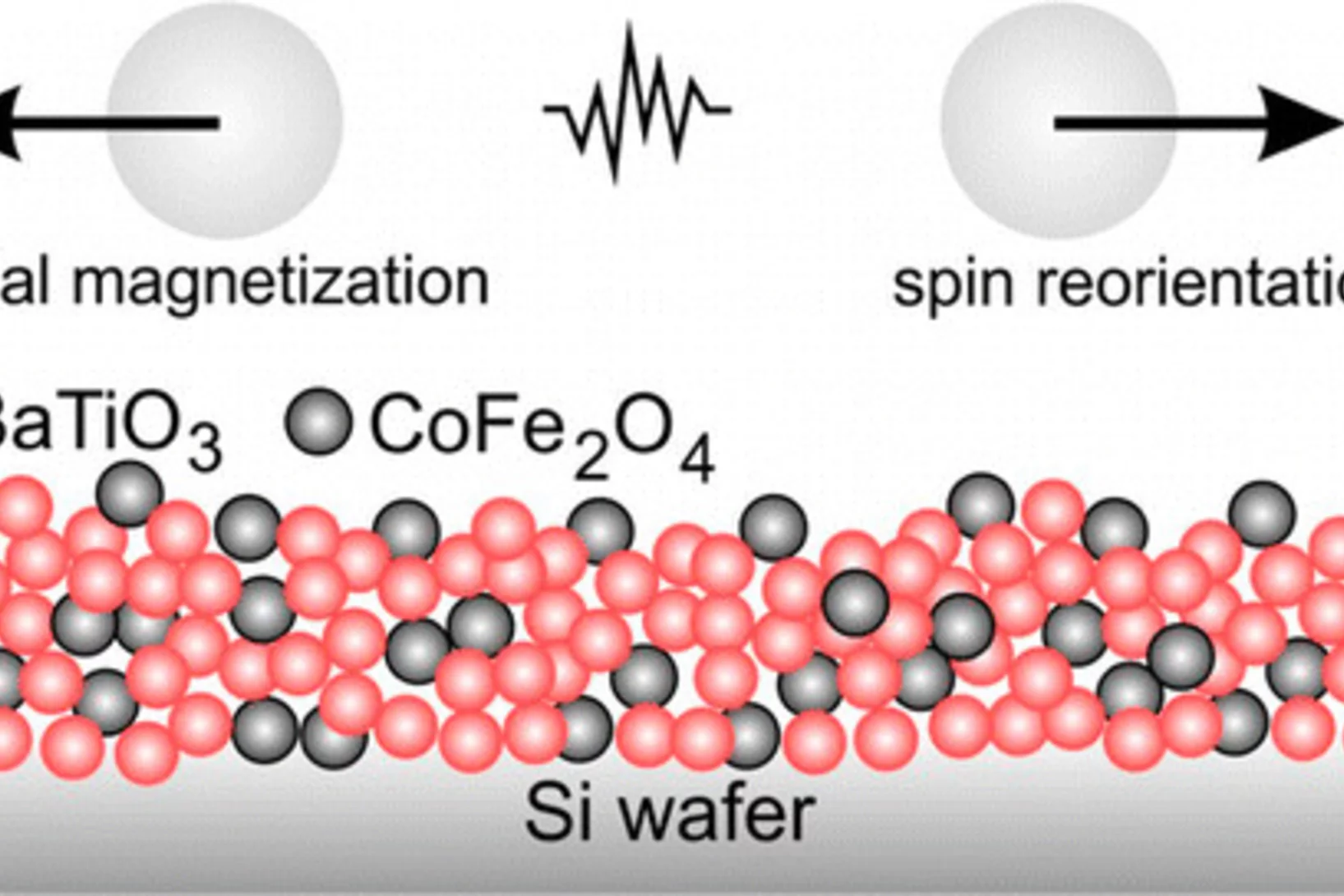
![Sketch of a ferroic triangle showing the relation and techniques with which the ferroic orders, FM, AFM, and FE, and their mutual coupling have been established. The experimental techniques written in black letters (polarized neutron reflectometry, PNR; resonant soft x-ray diffraction, SXRD; x-ray diffraction, XRD) to identify ferroic properties have been reported elsewhere [22, 24]. Magnetization, susceptibility, μSR, neutron diffraction, and electrical polarization are reported.](/sites/default/files/styles/teaser_grid_3_2_crop_xl/public/import/num/SHL20160822CoexistingEN/CWS_PRB_94_054423_2016.jpg.webp?itok=lQcJnePQ)
